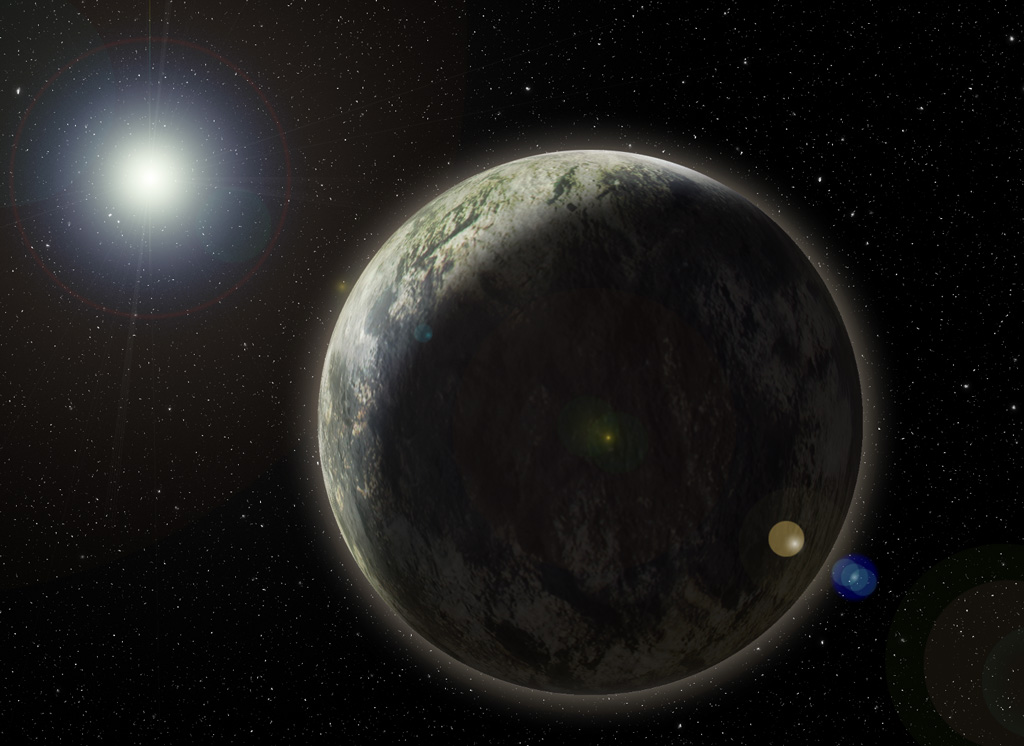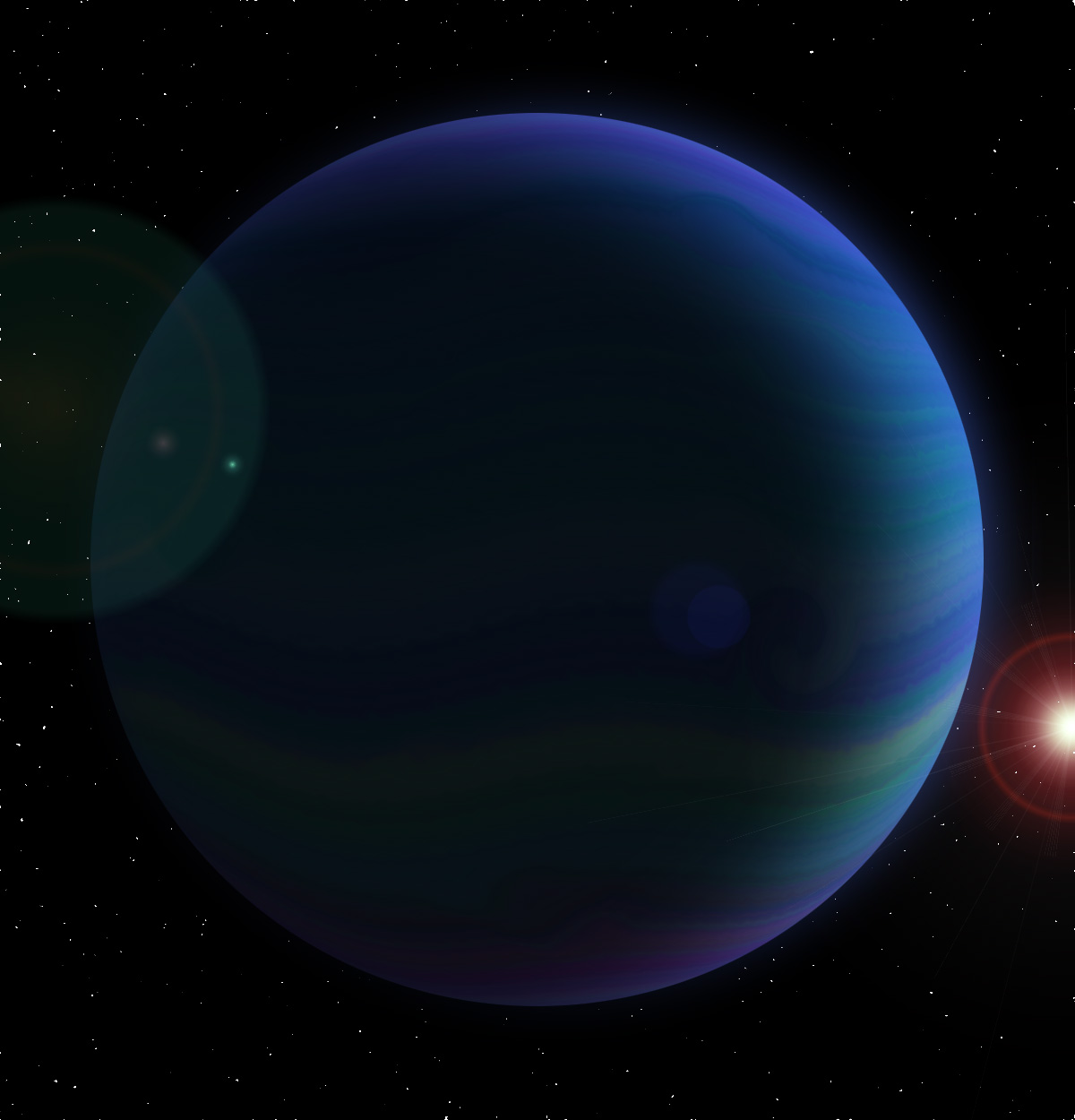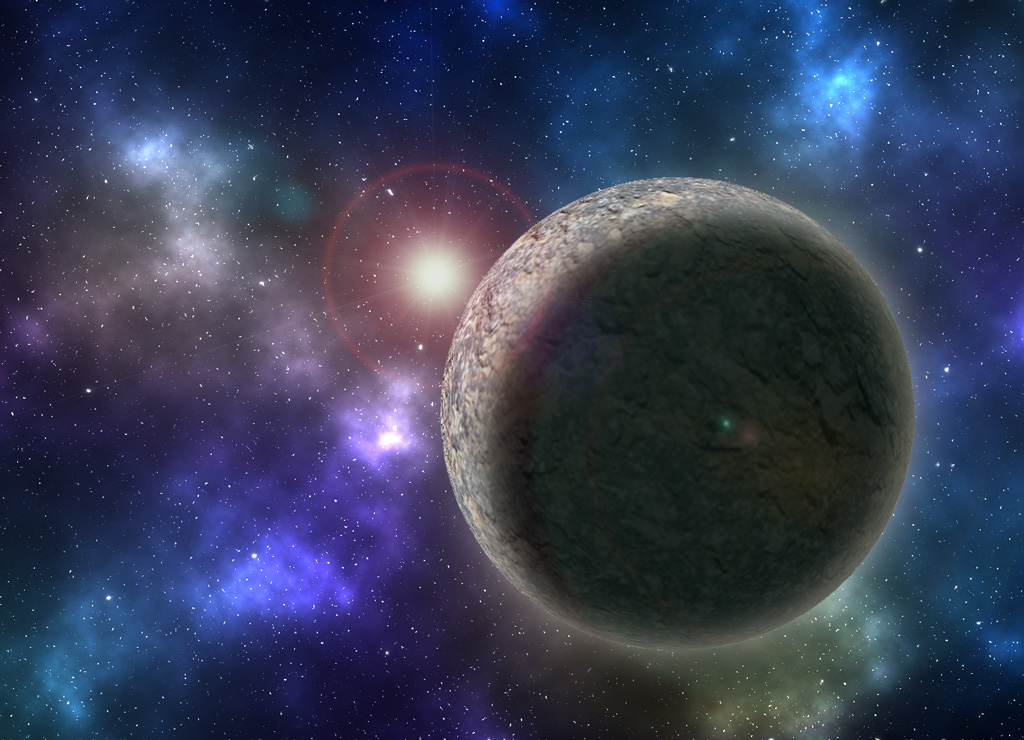My research focuses on detecting low mass planets around Sun-like stars as the Science Lead of the 100 Earths Survey using the EXtreme PREcision Spectrometer (EXPRES). As part of that EPRV planet search, I am particularly interested in finding ways to mitigate the effects of stellar noise on measuring Doppler velocities. I also want to understand how host star properties and compositions influence the formation of their planets or provide evidence of their formation histories. Below I have highlighted some of the specifics of that research and provided links to the paper if it has already been published.

New Planets in Well Studied Systems - ρ Coronae Borealis
Over the last 30 years, our understanding of planetary system has been shaped by those extra-solar planets that we could see. From the start, those have been surprising and exceptional. The discovery of 51 Peg b revealed a giant planet on a four day orbit. These hot Jupiters proved to be rare, but they were easy to find. We have since found super-Earths and sub-Neptunes; planet types that appears common, but don't exist in the Solar System. We have also found plenty of planets on very short period orbits. Despite these successes, we have not been very succesful at finding planets at more temperate orbits like that of the Earth, or even Venus. This is especially true of small planets. The EXtreme PREcision Spectrometer (EXPRES) is one of a new class of extreme precision radial velocity (EPRV) instruments designed to search for these missing planets.
A hot Jupiter was found around ρ Coronae Borealis in 1996, and a super-Neptune in a 102 day orbit was found nearly 20 years later in 1996. This well studied system would seem to have been well characterized. With a couple of seasons of EXPRES data, we were able to find not just these planets, but two new ones. A Neptune mass planet in a 280 day orbit and a super-Earth on a 13 day orbit. This demonstrates not only the potential of these new instruments, but how much we are missing, even around stars that we think we know. As we begin to reveal these hidden planets, our understanding of what constitutes a typical planetary system will change.
Eccentric EPRV Standards
The radial velocity precision for the first confirmed exoplanet detection around a Sun-like star, 51 Peg b, was 15 m/s. This was fine for measuring the ~60 m/s radial velocity semi-amplitude. Instrumental imporovements quickly led to 3 m/s precision, and by the early 2000s even 1 m/s. We would have to wait until the advent of EPRV instruments like ESPRESSO and EXPRES to start science observations in 2019 to see precisions in the 20 cm/s range. However, this nearly 5-fold improvement in precision meant that formerly 'quiet' RV standard stars were no longer quiet. In the intervening years, we also found that nearly all stars have planets, so we could not say that the 'noise' was truly noise.
Instead of hunting for truly 'quiet' stars, we instead looked for a standard that was unlikely to have a short-period, low-mass planet. Without this possible source of high-frequency noise, any remaining RV variability would be from the star or our instrument. Since we had calibrated our instrument to better than 7 cm/s, that just left the star. In HD 3651 we found the ideal combination; a chromospherically quiet star with an extremely eccentric Saturn mass planet on a 62 day orbit. Dynamically, it is unlikely that there are any small interior planets. Observing it in our first season on-sky we found that the residuals to a one-planet fit were only 58 cm/s. Long term monitoring will give us a data set to calibrate with other spectrographs and attempt to mitigate the effects of stellar noise to search for even smaller planets.
Carbon, Oxygen, Silicon and Magnesium
Oxygen is the most abundant element in the universe after hydrogen and helium. It is important not only as a component of water, but is present in the bulk of the solids that make up both rocky planets and the cores of gas giants, usually together with silicon and magnesium. Carbon is nearly as abundant as oxygen and in the gas phase, most carbon and oxygen will be found together in CO. Knowing the precise ratios of these elements in the protoplanetary disks of a stellar system can tell us a lot about what the planets are made of and how they formed.
As part of this research, I have analyzed the compositions of more than 1200 planet hosts from the California Kepler Search (CKS). The catalog is in prep and includes abundances for 16 elements (Li, C, N, O, Na, Mg, Al, Si, Ca, Ti, V, Cr, Mn, Fe, Ni, and Y), joining the more than 300 hosts already in our homogeneously analyzed catalog of stellar properties and abudances.

C/O and Mg/Si in Rocky Planet Compositions
The favorable thermodynamics of the CO bond results in carbon and oxygen easily combining in a protoplanetary disk. The less abundant of the two will be entirely bound up and the the remainder of the other will be free to form other compounds. In the solar system, the C/O ratio is about 0.55 leaving oxygen free to form magnesium silicates. Since oxygen is about ten times more abundant than either silicon or magnesium, the ratio of Mg/Si then determines the specific minerology of the rocks that form. But what about other stars?
For a sample of more than 800 nearby stars, including almost 200 planet hosts, we found that none had C/O ratios greater than 0.7. Although that greatly diminishes the liklihood of finding diamond planets, it does tell us that the Mg/Si ratio could be important in evaluating the habitability of rocky exoplanets. The solar system Mg/Si ratio is slightly greater than 1. We found that 40% of our sample had ratios less than one, making them silicon rich and possibly leading to very different types of planets than those in the solar system. However, it also leaves 60% of the sample with potentially Earthlike compositions and it is these that we should target when looking for potentially habitable planets.

Tracing Migration with C/O and [O/H]
The core accretion model combined with migration has giant planets forming beyond the water snow line (where ice can form in the protoplanetary disk) and then migrating in to form host Jupiters. However, recent theoretical work suggests that the planets could have formed in-situ. Our current understanding of planet formation suggests that these two models should lead to distinctly different observables.
Beyond the snow line, any free oxygen available will be free to form water ice. These solids could help quickly form the massive planetary cores needed so that giant planets can accrete their gaseous envelopes (and the bulk of their mass). However, the remaining gas that they accrete will be depleted in oxygen and so have a higher C/O ratio than their stellar host. This will not be true of planets that formed close to the star where the amount of available oxygen in the gaseous disk is unchanged. If we have precise measurements of carbon and oxygen abundances for both planet and stellar atmopheres, we can test these two hypotheses.
We do have measurements of carbon and oxygen for several planet atmospheres and now their hosts. However, for all but one the precision of the planetary measurements is too low to draw difinitive conclusions. Our paper will be our soon and I will link to it here.

Accurate Spectroscopic Surface Gravities
Spectroscopy has traditionally offered precise stellar parameters for relatively low observational costs. However, as temperatures and gravities diverge from solar values, spectroscopically determined surface gravities disagree between different analysis methods and expectations from stellar models. Asteroseismology now provides a means to very accurately derive log g, but large amounts of high cadence observations are required.
We developed a new spectroscopic analysis procedure that is able to recover asteroseismically determined surface gravities to within 0.05 dex. The procedure uses spectral forward modelling and shows now noticeable trends in gravity with respect to effective temperature or metallicity.
Homogeneously Derived Abundance Catalog
Using our new analysis procedure we analyzed 10 years of high resolution spectra from Keck HIRES taken by the California Planet Search. In addition to accurate temperatures and gravities, we derived precise abundances for 15 elements. Some small but significant trends with respect to temperature remained for most elements and we determined that the likely cause is errors in the stellar atmosphere models. The catalog has had empircal trend corrections applied and is an invaluable resource for examining questions of planet formation and galactic chemical evolution.
